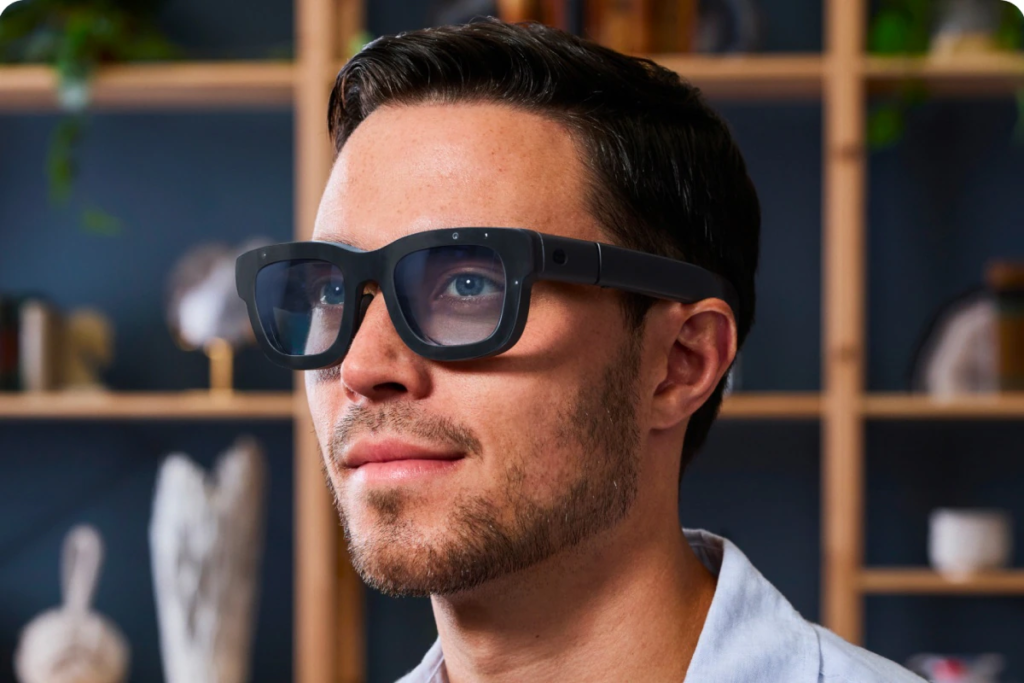Apple is working on a new kind of smart glasses to compete with Meta’s popular Ray-Ban glasses. While Apple’s Vision Pro headset is impressive, CEO Tim Cook wants something even better. His dream is to make lightweight glasses that show digital information over the real world. These glasses would look normal but let you see maps, messages, and more right in front of your eyes.
Tim Cook’s Big Idea for Smart Glasses
Tim Cook has wanted to make smart glasses for over ten years. He believes they could change how we use technology every day. Right now, he is focusing all his energy on this project. According to reports, Cook is determined to beat Meta, the company behind Facebook and Ray-Ban glasses. Meta’s Ray-Ban glasses already let you take photos, listen to music, and ask questions using AI. But Cook wants Apple’s glasses to do even more.
Apple’s glasses would use something called augmented reality (AR). This means they would add digital info to what you see in real life. For example, while walking down the street, you could see directions pop up in your glasses. The challenge is making them light enough to wear all day.

Why Making AR Glasses Is Hard
Creating smart glasses is not easy. Apple tried before but ran into problems. Early versions needed to connect to an iPhone or Mac, which drained the battery quickly. Another idea for glasses with clear lenses was canceled because the tech was not ready.
Meta’s Ray-Ban glasses are successful because they look cool and work well. People love taking photos and videos without holding a phone. However, they do not have AR yet. Apple wants to add AR but needs to solve big issues like battery life and size. The glasses need tiny parts to fit into normal-looking frames.
How Meta’s Ray-Ban Glasses Inspired Apple
Meta sold over 700,000 Ray-Ban glasses. Users say they are stylish and useful. For example, you can take a video while rock climbing or ask Meta’s AI to identify a plant. Apple noticed this success and wanted to make something even better.
Apple’s glasses might focus more on privacy. Unlike Meta, Apple could keep your photos and data on the device instead of sending them to the cloud. This matches Apple’s reputation for protecting user information.
What Apple’s Glasses Might Look Like
Apple’s smart glasses are still a secret. However, reports say they could connect to iPhones and AirPods. Imagine taking a photo with your glasses and having it saved directly to your phone. Or getting directions that only you can see while walking.
The biggest hurdle is making the tech small enough. Current AR headsets, like Apple’s Vision Pro, are bulky. Apple needs to shrink the parts into something that fits in regular glasses. Experts say this could take years.
What People Are Saying About the Glasses
Mixed Reactions from Users
Some people are excited. According to Apple enthusiasts, the perfect pair of glasses should display map directions during bike rides. Others worry about the price. Meta’s Ray-Ban glasses cost around $300. The price of Apple’s products may exceed the market’s affordability range.
Privacy is another concern. According to a Reddit user, they do not want to experience daily surveillance through facial cameras. The company must establish trust with customers regarding their information security.

The Race Between Apple and Meta
Meta and Google are striving to dominate the smart glasses industry. The technology company Meta is pursuing the development of AR glasses equipped with control through a band that creates holographic visuals. Apple must coordinate development while maintaining ease-of-use features and privacy standards for its smart glasses products.
Apple dedicates its efforts to enhancing the Vision Pro headset while developing a more affordable version for the market. The primary mission of Tim Cook has shown no alteration. The executive head of Apple pursues the development of smart glasses as his leading objective for Apple’s next dominant tech product, the iPhone.
Apple and Meta compete in a marketplace that gives customers better products every day. Through better eyeglasses technology, users will be able to stay connected without directing their eyes toward screens. The future success of Apple’s attempt to take down Meta’s technological superiority will become obvious in time. But one thing is clear. Apple and its competitors are entering an initial phase of developing smart glass technology.





